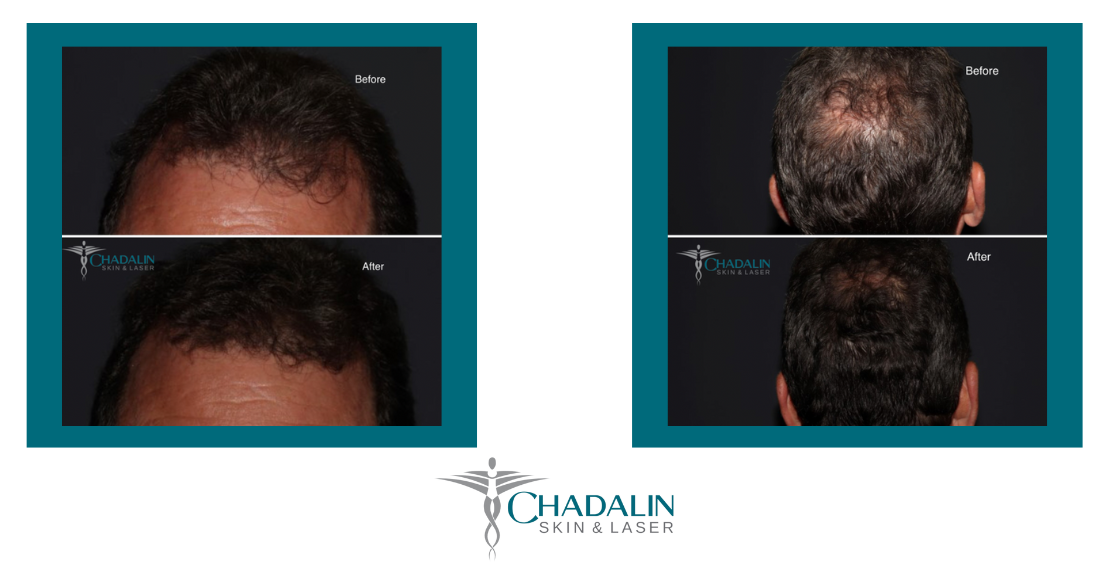PRP, PRF and Exosomes: What’s the Difference?
There are so many treatments on the market that provide different results for different people. We all hear the terms PRP or PRF and the newest, EXOSOMES, but what does it all mean? Medicine and science are moving forward at an incredible speed with new and exciting treatments being introduced all the time. Let’s do a little “crash course” on what it all means.
What is PRP (platelet-rich plasma)?
Platelet rich plasma or PRP is a concentrated solution of platelets derived from a person’s own blood. Platelets are a type of blood cell that are involved in blood clotting and wound healing. They release growth factors that can promote tissue repair and regeneration. PRP is often used in treatments like micro needling or radio frequency micro needling where a wound is made in a controlled manner (needle prick) and the PRP is used to stimulate healing to the area causing high production of collagen and elastin.
To create PRP, a small amount of blood is drawn from the client and processed in a centrifuge to separate the platelets from the rest of the blood components. The yellow “gold” is then applied to the skin to promote wound healing.
What is PRF (platelet-rich fibrin)?
Platelet rich fibrin is very similar to PRP but with a different processing method. PRF is also derived from a client’s own blood and contains a high concentration of platelets, growth factors, and other regenerative cells.
To create PRF, a small amount of blood is drawn from the client and placed in a specialized centrifuge. The centrifuge is spun at a slower rate compared to the PRP. The final product has a little pink colour to it and is the result of the fibrin.
What’s the difference between PRP and PRF?
The difference between these treatments lies primarily in how your blood is collected prior to treatment. With PRP, your blood is spun in a centrifuge at high speed, completely separating the plasma layer. With PRF, your blood is spun at a lower speed so that some of the white blood cells, stem cells, and fibrin remain in the platelet layer. The slow spin also means fewer cells are damaged which leaves a higher concentration of healing platelets. PRF contains approximately 10 times the platelet concentration that is found within the body, whereas PRP contains roughly 2-5 times.
Another notable difference is the use of anticoagulants. A PRP treatment is added to a vial containing anticoagulants, which prevent the blood from clotting during injection. With PRF, no anticoagulants are added. This allows for the creation of a spongy fibrin matrix that signals the platelets to release their growth factors slowly. PRP releases growth factors for a few hours and PRF releases them for up to a week. This slow release is thought to have more robust, longer-lasting results
The final difference is how the treatments are used. PRP is typically performed as a facial or microneedling session while PRF is used like a filler. The fibrin and slow-release growth factors in PRF build volume in the skin, so this natural filler is a wonderful alternative to synthetic filler and a great overall skin rejuvenation.
For more information see our website under Evangeline.
What are exosomes?
Exosomes are plant based stem cells that are messenger cells allowing our tissue to heal. They aid in the growth factor production, which is the key to anti-aging, by stimulating our ability to create new collagen and elastin. They are also responsible for cell to cell communication.
Until recently we did not have the science to isolate any specific signaling between cells. Now we do. We are excited to offer exosomes for all our treatments. The benefits are reducing any downtime from treatment while enhancing your overall results. When this is incorporated into a treatment the skin becomes 10 times more hydrated and we know that hydrated skin receives any treatment better with better results. Exosomes speed up the healing process – reduced inflammation, swelling, redness – 3 times faster than if you didn’t use it.
Patients also get 10 times the stimulation of collagen, elastin and hyaluronic acid, all vital building blocks for healthy skin.
Even more exciting is that we now offer specific exosomes that stimulate hair growth. This is great news for those with thinning hair as we can stimulate hair growth in the hair follicle to produce more and thicker hair, as seen in the photos below.
Exosomes are vegan, non-GMO, paraben-free, sulfate-free, silicone-free, phthalate-free, gluten-free, water based and not tested on animals. All the things we love!
Remember all our consultations are free. Lets see what option will be best for you to reach your skin health goals.
Until we blog again,
Linda

